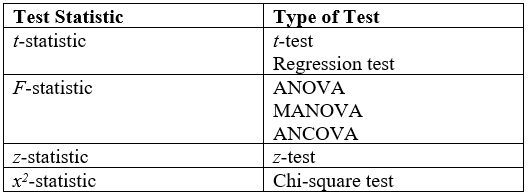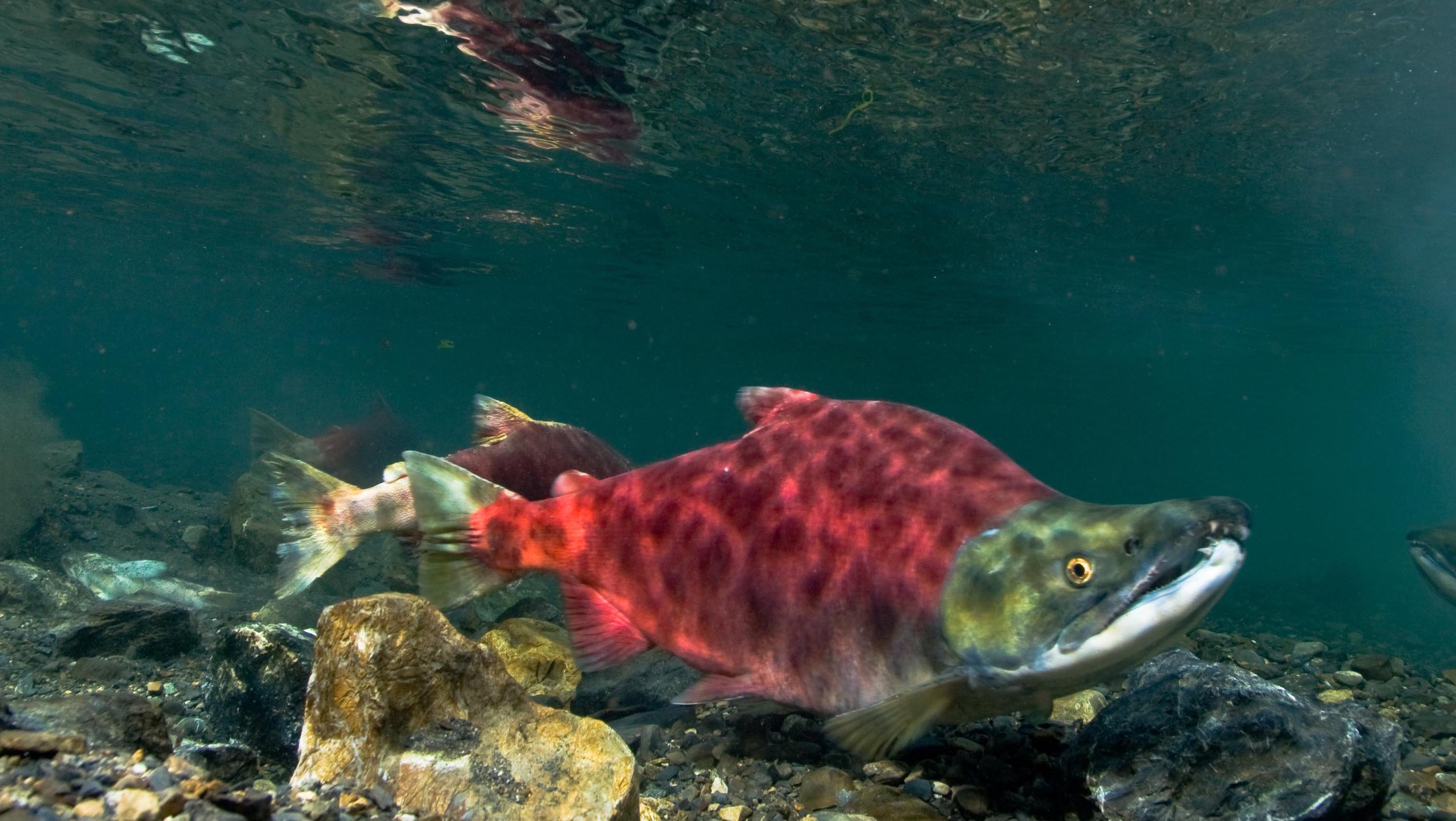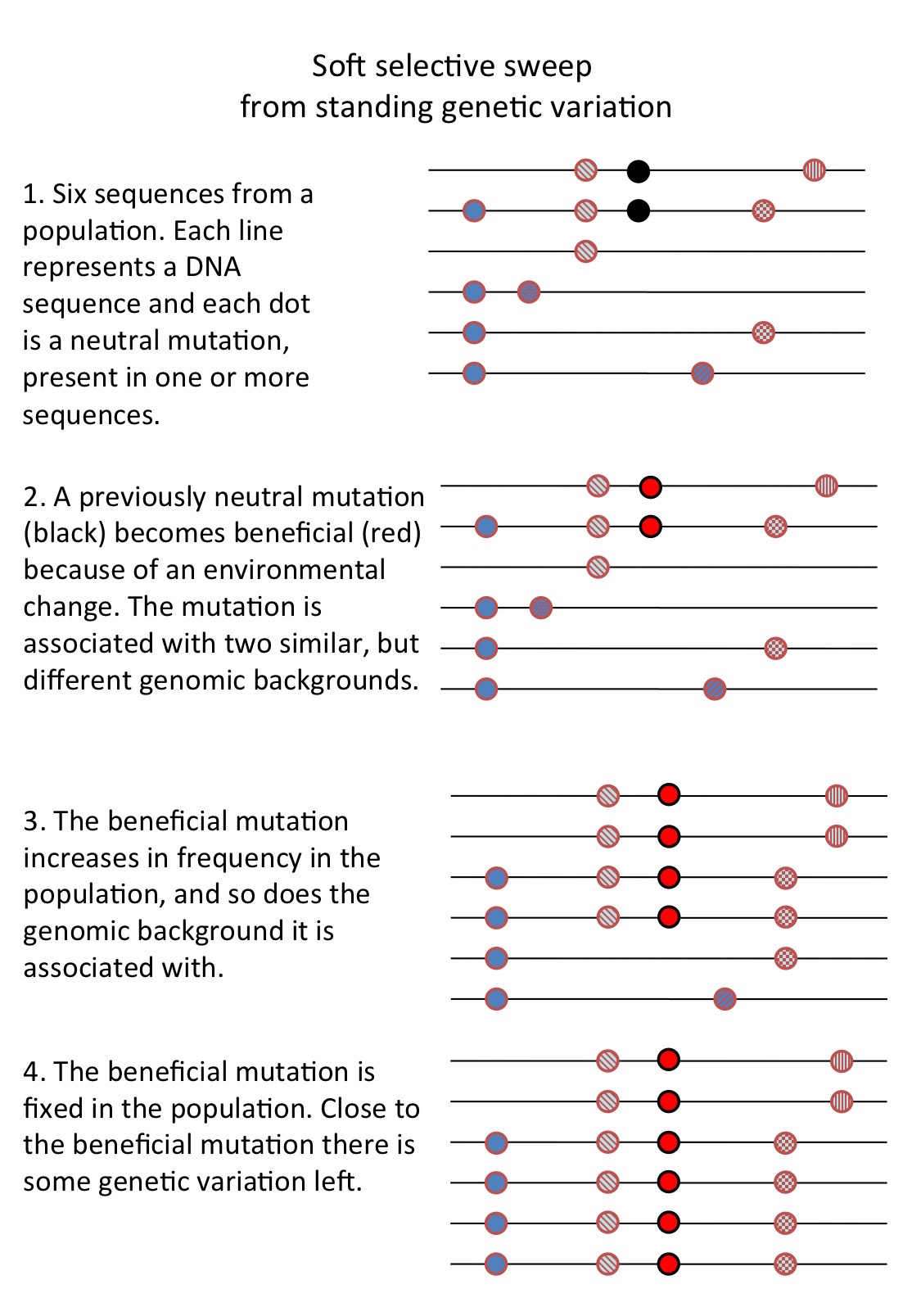|
Fay And Wu's H
Fay and Wu's H is a statistical test created by and named after two researcherJustin Fayand Chung-I Wu. The purpose of the test is to distinguish between a DNA sequence evolving randomly ("neutrally") and one evolving under positive selection. This test is an advancement over Tajima's D, which is used to differentiate neutrally evolving sequences from those evolving non-randomly (through directional selection or balancing selection, demographic expansion or contraction or genetic hitchhiking). Fay and Wu's H is frequently used to identify sequences which have experienced selective sweeps in their evolutionary history. Concept Imagine a DNA sequence which has very few polymorphisms in its alleles across different populations. This could arise due to at least three causes: # The sequence is experiencing heavy purifying selection, so any new mutation in the sequence is deleterious and is purged off immediately, or # The sequence just experienced a bout of selective sweep (an alle ... [...More Info...] [...Related Items...] OR: [Wikipedia] [Google] [Baidu] |
Statistical Test
A statistical hypothesis test is a method of statistical inference used to decide whether the data provide sufficient evidence to reject a particular hypothesis. A statistical hypothesis test typically involves a calculation of a test statistic. Then a decision is made, either by comparing the test statistic to a critical value or equivalently by evaluating a ''p''-value computed from the test statistic. Roughly 100 specialized statistical tests are in use and noteworthy. History While hypothesis testing was popularized early in the 20th century, early forms were used in the 1700s. The first use is credited to John Arbuthnot (1710), followed by Pierre-Simon Laplace (1770s), in analyzing the human sex ratio at birth; see . Choice of null hypothesis Paul Meehl has argued that the epistemological importance of the choice of null hypothesis has gone largely unacknowledged. When the null hypothesis is predicted by theory, a more precise experiment will be a more severe tes ... [...More Info...] [...Related Items...] OR: [Wikipedia] [Google] [Baidu] |
Chung-I Wu
Chung-I Wu (; born 1954) is a Taiwanese biologist, academician of Academia Sinica, and former professor at the University of Chicago. He was also the second director of the Beijing Genomics Institute of the Chinese Academy of Sciences. Awards and honors Wu has received awards throughout his career, including the NIH Research Career Development Award from 1990 to 1995, the Down Syndrome Foundation Award from 1989 to 1991, AAAS fellow in 2004, and the Outstanding Alumnus Award from Tunghai University in 2004. In 2004, he was also elected as an academician of Academia Sinica. Scientific studies Chung-I Wu has made numerous contributions in the field of molecular evolution, population genetics, and evolutionary genomics, particularly in the genetic basis of speciation and natural selection. He pioneered the study of speciation at the molecular level, introducing cutting-edge gene replacement techniques to answer classical ecological questions in the model organism Drosophila. He al ... [...More Info...] [...Related Items...] OR: [Wikipedia] [Google] [Baidu] |
DNA Sequence
A nucleic acid sequence is a succession of bases within the nucleotides forming alleles within a DNA (using GACT) or RNA (GACU) molecule. This succession is denoted by a series of a set of five different letters that indicate the order of the nucleotides. By convention, sequences are usually presented from the 5' end to the 3' end. For DNA, with its double helix, there are two possible directions for the notated sequence; of these two, the sense strand is used. Because nucleic acids are normally linear (unbranched) polymers, specifying the sequence is equivalent to defining the covalent structure of the entire molecule. For this reason, the nucleic acid sequence is also termed the primary structure. The sequence represents genetic information. Biological deoxyribonucleic acid represents the information which directs the functions of an organism. Nucleic acids also have a secondary structure and tertiary structure. Primary structure is sometimes mistakenly referred to as "prim ... [...More Info...] [...Related Items...] OR: [Wikipedia] [Google] [Baidu] |
Directional Selection
In population genetics, directional selection is a type of natural selection in which one extreme phenotype is favored over both the other extreme and moderate phenotypes. This genetic selection causes the allele frequency to shift toward the chosen extreme over time as allele ratios change from generation to generation. The advantageous extreme allele will increase in frequency among the population as a consequence of survival and reproduction differences among the different present phenotypes in the population. The allele fluctuations as a result of directional selection can be independent of the dominance of the allele, and in some cases if the allele is recessive, it can eventually become fixed in the population. Directional selection was first identified and described by naturalist Charles Darwin in his book ''On the Origin of Species'' published in 1859. He identified it as a type of natural selection along with stabilizing selection and disruptive selection. These types ... [...More Info...] [...Related Items...] OR: [Wikipedia] [Google] [Baidu] |
Tajima's D
Tajima's D is a population genetic test statistic created by and named after the Japanese researcher Fumio Tajima. Tajima's D is computed as the difference between two measures of genetic diversity: the mean number of pairwise differences and the number of segregating sites, each scaled so that they are expected to be the same in a neutrally evolving population of constant size. The purpose of Tajima's D test is to distinguish between a DNA sequence evolving randomly ("neutrally") and one evolving under a non-random process, including directional selection or balancing selection, demographic expansion or contraction, genetic hitchhiking, or introgression. A randomly evolving DNA sequence contains mutations with no effect on the fitness and survival of an organism. The randomly evolving mutations are called "neutral", while mutations under selection are "non-neutral". For example, a mutation that causes prenatal death or severe disease would be expected to be under selection. In the ... [...More Info...] [...Related Items...] OR: [Wikipedia] [Google] [Baidu] |
Directional Selection
In population genetics, directional selection is a type of natural selection in which one extreme phenotype is favored over both the other extreme and moderate phenotypes. This genetic selection causes the allele frequency to shift toward the chosen extreme over time as allele ratios change from generation to generation. The advantageous extreme allele will increase in frequency among the population as a consequence of survival and reproduction differences among the different present phenotypes in the population. The allele fluctuations as a result of directional selection can be independent of the dominance of the allele, and in some cases if the allele is recessive, it can eventually become fixed in the population. Directional selection was first identified and described by naturalist Charles Darwin in his book ''On the Origin of Species'' published in 1859. He identified it as a type of natural selection along with stabilizing selection and disruptive selection. These types ... [...More Info...] [...Related Items...] OR: [Wikipedia] [Google] [Baidu] |
Balancing Selection
Balancing selection refers to a number of selective processes by which multiple alleles (different versions of a gene) are actively maintained in the gene pool of a population at frequencies larger than expected from genetic drift alone. Balancing selection is rare compared to purifying selection. It can occur by various mechanisms, in particular, when the heterozygotes for the alleles under consideration have a higher fitness than the homozygote. In this way genetic polymorphism is conserved. Evidence for balancing selection can be found in the number of alleles in a population which are maintained above mutation rate frequencies. All modern research has shown that this significant genetic variation is ubiquitous in panmictic populations. There are several mechanisms (which are not exclusive within any given population) by which balancing selection works to maintain polymorphism. The two major and most studied are heterozygote advantage and frequency-dependent selection. Me ... [...More Info...] [...Related Items...] OR: [Wikipedia] [Google] [Baidu] |
Genetic Hitchhiking
Genetic hitchhiking, also called genetic draft or the hitchhiking effect, is when an allele changes frequency not because it itself is under natural selection, but because it is near another gene that is undergoing a selective sweep and that is on the same DNA chain. When one gene goes through a selective sweep, any other nearby polymorphisms that are in linkage disequilibrium will tend to change their allele frequencies too.Futuyma, Douglas J. 2013. Evolution: Third Edition. Sinauer Associates, Inc: Sunderland, MA. Selective sweeps happen when newly appeared (and hence still rare) mutations are advantageous and increase in frequency. Neutral or even slightly deleterious alleles that happen to be close by on the chromosome 'hitchhike' along with the sweep. In contrast, effects on a neutral locus due to linkage disequilibrium with newly appeared deleterious mutations are called background selection. Both genetic hitchhiking and background selection are stochastic (random) ev ... [...More Info...] [...Related Items...] OR: [Wikipedia] [Google] [Baidu] |
Selective Sweeps
In genetics, a selective sweep is the process through which a new beneficial mutation that increases its frequency and becomes fixed (i.e., reaches a frequency of 1) in the population leads to the reduction or elimination of genetic variation among nucleotide sequences that are near the mutation. In selective sweep, positive selection causes the new mutation to reach fixation so quickly that linked alleles can "hitchhike" and also become fixed. Overview A selective sweep can occur when a rare or previously non-existing allele that increases the fitness of the carrier (relative to other members of the population) increases rapidly in frequency due to natural selection. As the prevalence of such a beneficial allele increases, genetic variants that happen to be present on the genomic background (the DNA neighborhood) of the beneficial allele will also become more prevalent. This is called ''genetic hitchhiking''. A selective sweep due to a strongly selected allele, which arose on ... [...More Info...] [...Related Items...] OR: [Wikipedia] [Google] [Baidu] |
Polymorphism (biology)
In biology, polymorphism is the occurrence of two or more clearly different morphs or forms, also referred to as alternative '' phenotypes'', in the population of a species. To be classified as such, morphs must occupy the same habitat at the same time and belong to a panmictic population (one with random mating). Ford E.B. 1965. ''Genetic polymorphism''. Faber & Faber, London. Put simply, polymorphism is when there are two or more possibilities of a trait on a gene. For example, there is more than one possible trait in terms of a jaguar's skin colouring; they can be light morph or dark morph. Due to having more than one possible variation for this gene, it is termed 'polymorphism'. However, if the jaguar has only one possible trait for that gene, it would be termed "monomorphic". For example, if there was only one possible skin colour that a jaguar could have, it would be termed monomorphic. The term polyphenism can be used to clarify that the different forms arise from the ... [...More Info...] [...Related Items...] OR: [Wikipedia] [Google] [Baidu] |
Selection (biology)
Natural selection is the differential survival and reproduction of individuals due to differences in phenotype. It is a key mechanism of evolution, the change in the Heredity, heritable traits characteristic of a population over generations. Charles Darwin popularised the term "natural selection", contrasting it with selective breeding, artificial selection, which is intentional, whereas natural selection is not. Genetic diversity, Variation of traits, both Genotype, genotypic and phenotypic, exists within all populations of organisms. However, some traits are more likely to facilitate survival and reproductive success. Thus, these traits are passed the next generation. These traits can also become more Allele frequency, common within a population if the environment that favours these traits remains fixed. If new traits become more favoured due to changes in a specific Ecological niche, niche, microevolution occurs. If new traits become more favoured due to changes in the ... [...More Info...] [...Related Items...] OR: [Wikipedia] [Google] [Baidu] |
Selective Sweep
In genetics, a selective sweep is the process through which a new beneficial mutation that increases its frequency and becomes fixed (i.e., reaches a frequency of 1) in the population leads to the reduction or elimination of genetic variation among nucleotide sequences that are near the mutation. In selective sweep, positive selection causes the new mutation to reach fixation so quickly that linked alleles can "hitchhike" and also become fixed. Overview A selective sweep can occur when a rare or previously non-existing allele that increases the fitness of the carrier (relative to other members of the population) increases rapidly in frequency due to natural selection. As the prevalence of such a beneficial allele increases, genetic variants that happen to be present on the genomic background (the DNA neighborhood) of the beneficial allele will also become more prevalent. This is called ''genetic hitchhiking''. A selective sweep due to a strongly selected allele, which arose on ... [...More Info...] [...Related Items...] OR: [Wikipedia] [Google] [Baidu] |





